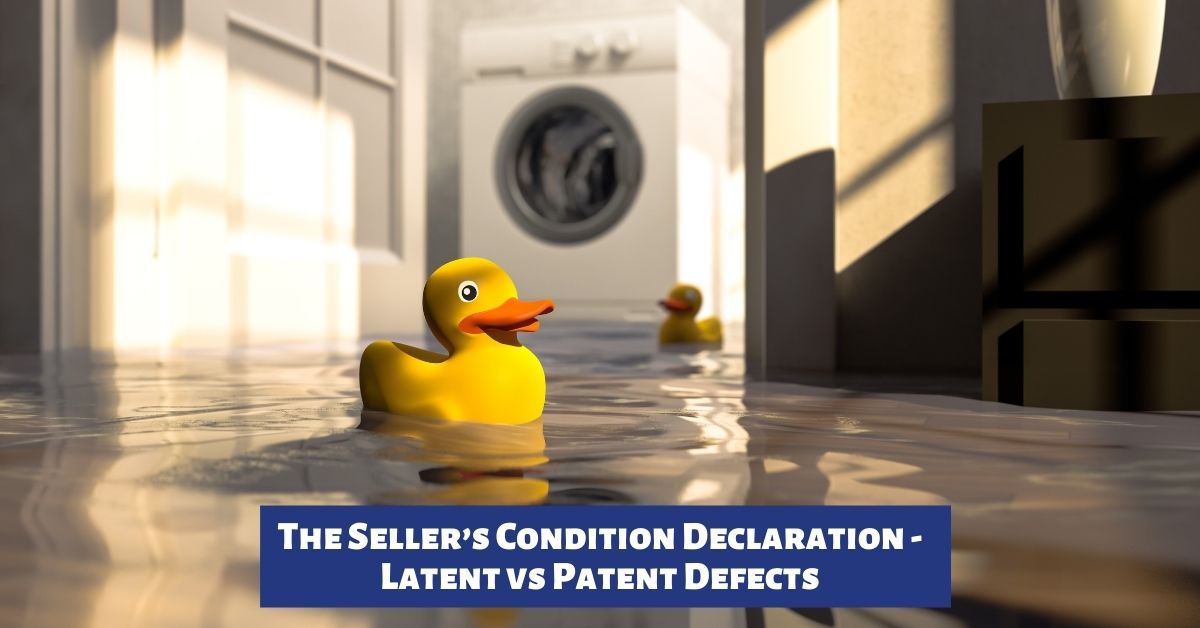The Seller’s Condition Declaration – Latent vs Patent Defects
Last week we discussed the Seller’s Condition Declaration. This is now required when a seller gives a mandate.
Buyers should be aware of the difference between Patent and Latent defects.
A patent defect is a defect that is clearly visible on inspection of the property. The seller must disclose any patent defects in the Property Condition Declaration.
Your estate agent will recommend that you get them fixed before listing your property.
Latent defects are not obvious when a buyer views a property. Examples could be a faulty geyser or a leaking roof.
The problem with latent defects is proving liability. In some cases, the buyer may have a claim against the seller. Sellers are aware that they may be held liable for latent defects. For this reason, most sale agreements will contain the voetstoets clause. This means that the property is sold “as-is”.
Here are some more conditions in the Declaration:
- The seller may have declared that they were unsure of the condition of certain parts of the property. In this case, the potential buyer should investigate further before making an offer. The parties could decide to appoint a property inspector to produce a report.
- The seller must declare that they are not aware of any latent defect.
- The seller must confirm that the Condition Declaration is true and correct. This is to the best of his knowledge at the date of signature of the declaration.
As a home buyer, it’s important to do your due diligence on the property you want to buy.
This may mean employing an external property inspector. You could pay for this yourself. You might be able to get the seller to pay for it, or you could split the costs with the seller.
Whatever you do, this is important to protect yourself and your investment.







